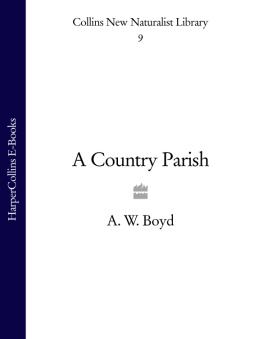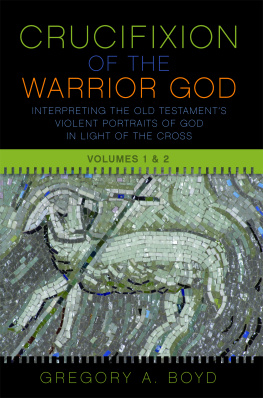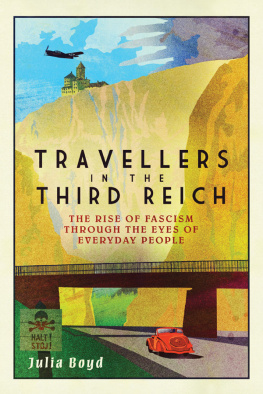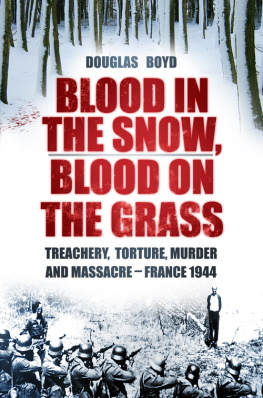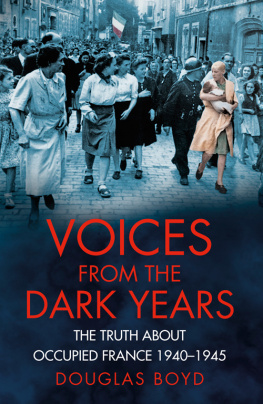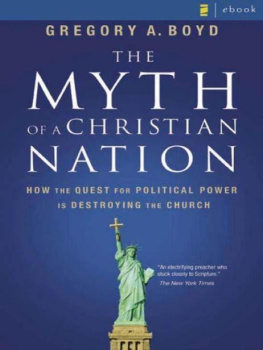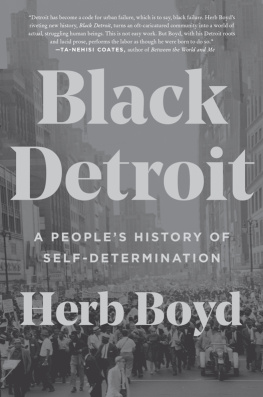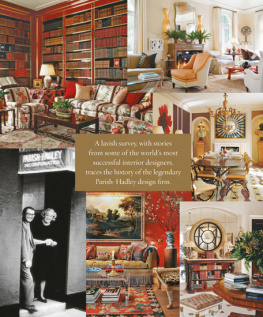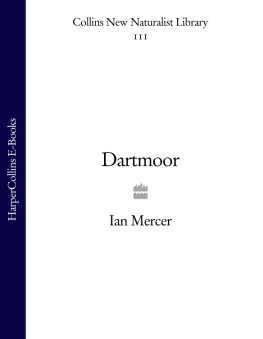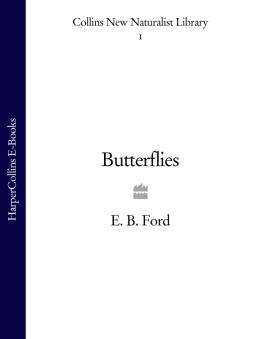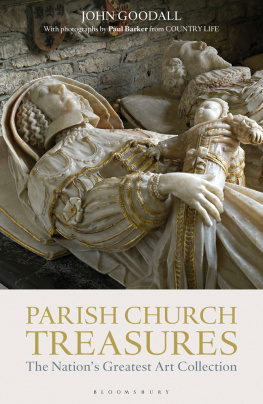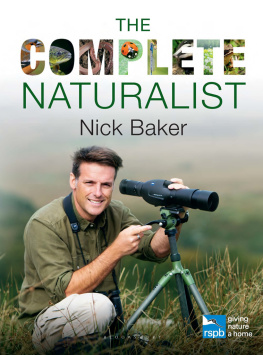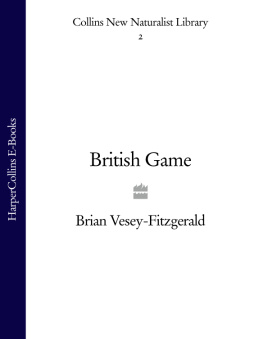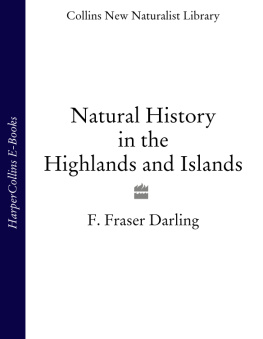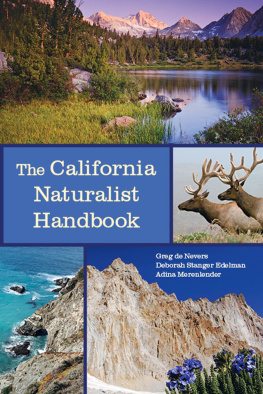JAMES FISHER M.A.
JOHN GILMOUR M.A.
JULIAN HUXLEY M.A. D.Sc. F.R.S.
L. DUDLEY STAMP C.B.E. B.A. D.Sc.
PHOTOGRAPHIC EDITOR:
ERIC HOSKING F.R.P.S.
The aim of this series is to interest the general reader in the wild life of Britain by recapturing the inquiring spirit of the old naturalists. The Editors believe that the natural pride of the British public in the native fauna and flora, to which must be added concern for their conservation, is best fostered by maintaining a high standard of accuracy combined with clarity of exposition in presenting the results of modern scientific research. The plants and animals are described in relation to their homes and habitats and are portrayed in the full beauty of their natural colours, by the latest methods of colour photography and reproduction.
To
MY WIFE
WHEN THE New Naturalist series was first planned, one of the first of the subjects that suggested themselves was the natural history of an ordinary English country parish.
From the natural history point of view the typical English country parish is extremely complex. Being mainly farmland, it is practically man-made, with non-natural habitats. Its natural history contains a vast amount of human history. It is thus idle to attempt to dissect and describe the communities of these habitats without closely relating the lives of plants and animals with the ways of man, and regarding him as the chief element in the living community.
The natural history of an English country parish is largely a natural history of man. This has been a fact obvious enough to all naturalists ever since the days of Gilbert White. One of the troubles in finding an author for this book has been the fact that there are few naturalists living today who have the quality of all-roundness of the author of The Natural History of Selborne. There can be few who combine a thorough all-round knowledge of natural history with a knowledge of human history, customs and farming methods. Nevertheless, there are some such men working and writing today, all of them in the strict sense amateurs; farmers, business men, doctors, clergy. Arnold Boyd is such a one. He has lived in Cheshire all his life and has been devoted to natural history during such hours as he could win from business and farming. Since 1920 he has lived in the parish of Antrobus, part of the old parish of Great Budwortha parish typical of much of the Cheshire Plain.
In keeping with one of the dominant traditions of English amateur naturalists, Mr. Boyd has excelled as a collector of facts. This delight in facts for their own sake has been apparent in his writings in the Manchester Guardian and other journals for many years, in his scientific papers and books, and in his assistant editorship of the magazine British Birds. In this book he weaves his collection of facts together, and shows himself to have a wide grasp of living communities. Throughout A COUNTRY PARISH Mr. Boyds own particular delight in birds, butterflies, moths, flowers, local customs and speech, shines out, as does a special knowledge of the social conditions of the 18th century; but nowhere does he lose sight of his goal, the description of his parish as a whole: and we feel sure that the reader will, like us, lay down the book with an impression of wholeness and unity. The portrait he gives will protect his beloved parish for ever from the erosion of history and the ravages of human forgetfulness.
In commending A COUNTRY PARISH to our readers we would like specially to mention the beautiful colour photographs taken by Mr. C. W. Bradley, in close collaboration with the author.
THE EDITORS
THIS IS an attempt to describe an English country parish. In a book of natural history, it is felt that no such description would be complete, or indeed possible, if it did not include much about man, the predominant and most interesting animal, and his influence on the countryside. The history of the parish, social conditions in the past, the systems of farming (which govern to a great extent the status and character of all wild life), local trades, sports, customs and speech all therefore have their part in an account of this kind.
The parish chosen is that of Great Budworth, in Cheshire. It lies in the north of the Cheshire plain, to the south of the Lancashire town of Warrington and the Mersey valley, and just on the north side of the Cheshire town of Northwich. Formerly it was a very large parish. In the 18th century it contained two chapelries and no fewer than 18 townships, one of which (Over Whitley Lordshippart of the royal Honour of Halton) was itself divided into smaller townships, but today it is very much smaller and at least seven new parishes with churches of their own have been carved out of the mother parish. An Honour was a seignority of several manors held under a lord paramount, in this case the Crown. A Lordship is a manor.
When discussing the history and human activities of Great Budworth, I propose to deal generally with all that portion of the old parish which lies to the west and north of Watling Street, the Roman road from Manchester through Northwich to Chester, and in greater detail with the ancient township and modern parish of Antrobus (which has recently absorbed Sevenoaks, a small township containing the hamlet of Frandley, where I live), and with the present parish of Great Budworth.
In dealing with the flora and fauna, however, exact boundaries may with advantage be disregarded. For this purpose an arbitrary but convenient area lying within a circle with a radius of 41/2 miles from the centre of Marbury Mere at Great Budworth has been taken, an area in which I have for the last quarter of a century to some extent concentrated my inquiries in natural history. In this way man-made boundaries, which perhaps follow the bed of a stream and which wild life disregards, are not allowed to divide a natural area, and a more real estimate of the fauna and flora of a district may be established.
DESCRIPTION OF THE PARISH, AND A NOTE ON ITS WEATHER
K EUPER MARL underlies the entire area of this part of the Cheshire plain, over which lies boulder clay, much of it stiff clay of frequently varying density, which contains many of the rounded stones used for paving cobbled lanes and farmyards, with here and there impenetrable fox-bench and in some parts extensive beds of sand and occasional outcrops of sandstone; in the valleys of the Weaver and the brooks there are considerable deposits of alluvium and on the mossland peat overlying the clay. Large beds of rock-salt underlie much of the clay, Triassic salt-beds of great economic importance, which were deposited when the waters of the Keuper salt lake covering this part of the country began to evaporate, and there are some springs of wild brine. It is, in fact, a fairly typical stretch of lowland Cheshire, nowhere more than 284 ft. above sea-level dropping to 30 ft. in the Weaver valley; a gently rolling well-wooded area of the plain with, in parts of the parish, extensive views to the south across the valley of the Weaver to the hills of High Billinge, Eddisbury and Overton in Delamere Forest and, on clear days through a gap in these hills, a distant view of Moel Famma in Flintshire.
The surface of the land with its woodlands, peaty moss-lands and fertile arable and grass fields is normal to this formation, with oaks on the clay, birches on the peat, and alders in the valleys and swampy carrs. The actual nature of the soil is very varied and often changes from field to field. Thus, much of the land in the township of Antrobus and near the village of Great Budworth is considerably lighter than that in some other parts of the parish and so is admirably suited to potato-growing. This soil in Antrobus is dark in colour; where, however, beds of sand intrude it is naturally rather redder. These beds of sand sometimes divide lighter land from the heavier clay; for example, the high-road at Frandley divides sandy and lighter soil on the north side from heavier clay on the southward slopes of Frandley Brow and at Cogshall and this change is typical of many parts of the parish.

